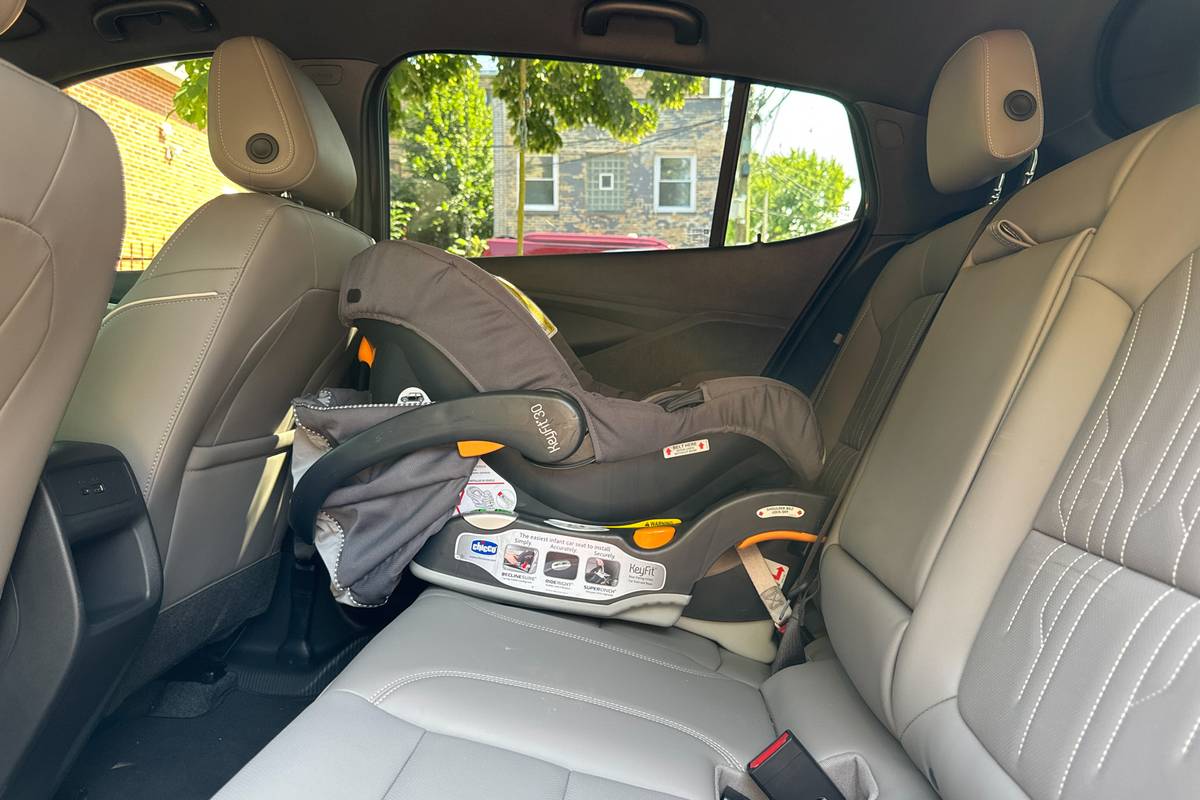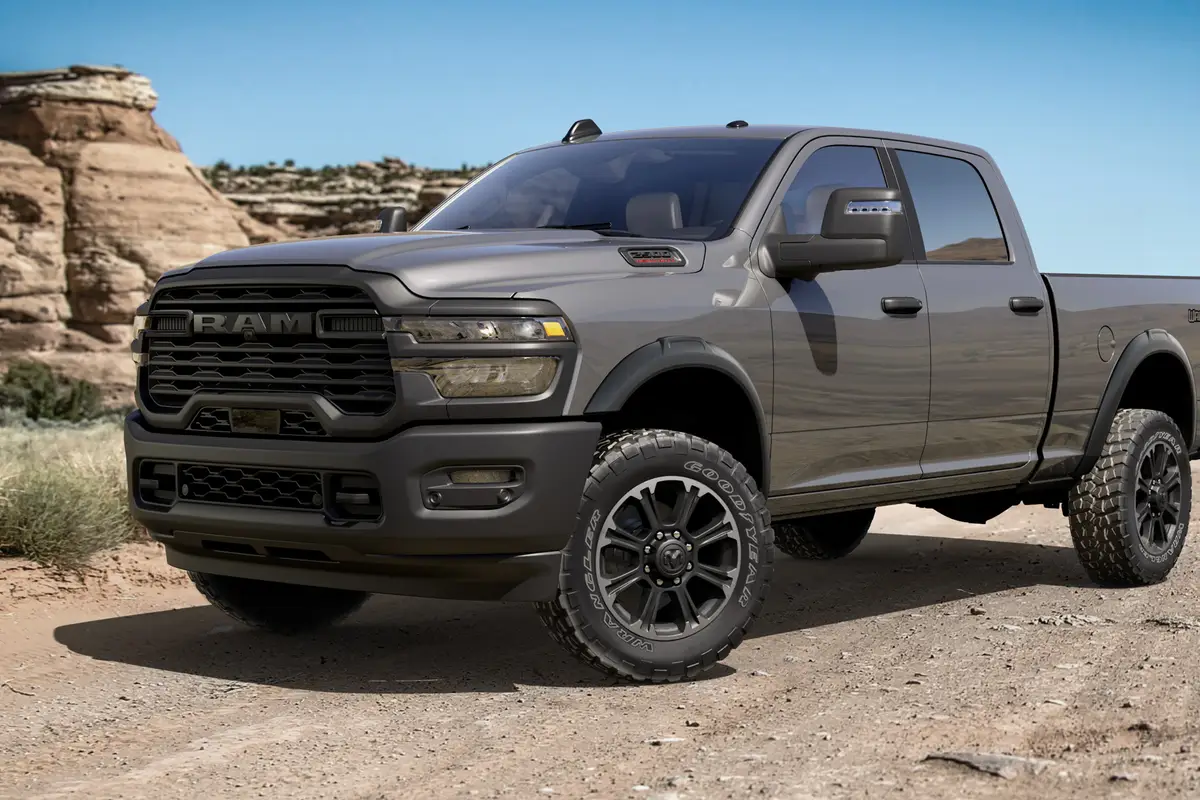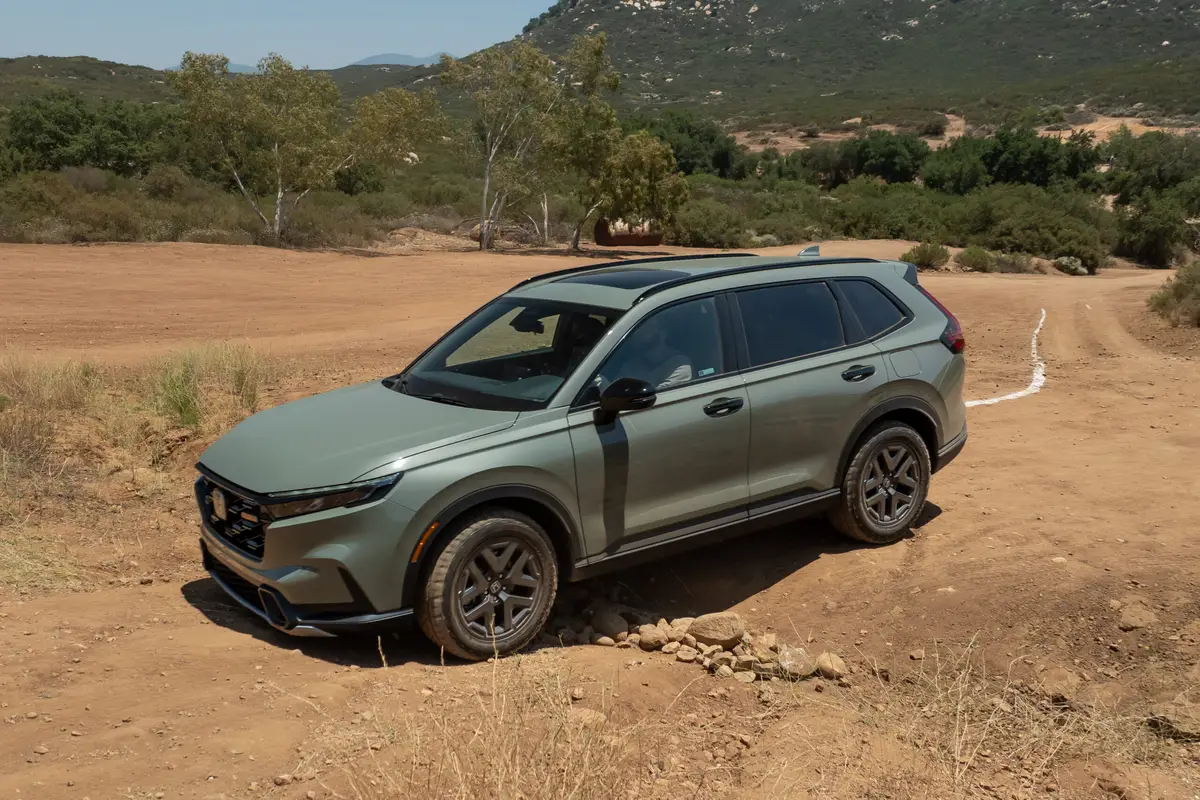chicagotribune.com's view
Seems like only yesterday that teeny Toyota was selling $1,700 Corollas in the U.S. to compete against $2,000 Ford Pintos and Chevrolet Vegas.
Corolla ran Pinto and Vega out of town while Toyota was displacing Volkswagen as the top-selling import in the U.S.
Toyota then moved on to larger cars with its Camry. When production caught up with demand, Camry became the best-selling midsize car in the market.
On to luxury cars, where at last report, Toyota’s Lexus luxury division boasts of being the top seller, though with Cadillac’s magic calculator, we’ll wait until year-end to see whether Lexus remains in that spot.
Though dominant in key markets, Toyota has been an also-ran in others–sports cars, mini-vans and sport-utility vehicles, where the U.S. automakers remain the powers.
The biggest and most profitable market, however, is not cars, vans or SUVs; it’s full-size pickup trucks–vehicles that allow producers to mint money while they assemble cargo beds.
Toyota has stumbled in full-size trucks, though the 25 percent duty on trucks imported into the U.S. hasn’t helped Toyota.
Toyota blundered, however, in choosing to take on the high-volume, high-profit U.S. truck powers with the “full-size” T100 in the 1993 model year (actually a midsize pickup without the size or V-8 power of the domestic competition).
The T100 came out with a 3-liter V-6, followed by a 2.7-liter 4-cylinder in 1994 and a 3.4-liter V-6 in 1995, the first year it also added extended cabs. But never a V-8.
The midsize T100 is being dumped to make room for the full-size Tundra, which is being built in Indiana to eliminate the import duty.
Tundra was unveiled in concept form at the Chicago Auto Show a year ago as the T150, a thinly veiled reference to the Ford F-150 rival.
Will Tundra soon displace the Ford F-150, the perennial pickup power?
Not with initial output of only about 100,000 units a year. But Toyota has, if anything, patience. Start at 100,000 and move up gradually–but steadily.
And Tundra is going to be joined for the 2001 model year by a full-size Toyota sport-utility vehicle built off the same platform. With the addition of the sport-ute, output at the Princeton, Ind., Tundra plant will be boosted to 150,000 units annually–for starters.
In testing the 2000 Tundra, our first impression was that it’s a very nice truck that will make an exceptionally fine sport-ute.
Ride and handling is very predictable and very luxury car-like. Not so soft that you feel as if you’re in a roller coaster, but not so firm that you hear the suspension ping every time you cross a tar mark in the road. Tundra is like driving an Avalon sedan in pickup garb.
A 3.4-liter, 190-horsepower V-6 is standard with manual or automatic, a 4.7-liter, 245-h.p. V-8 is optional with automatic only. That’s the same V-8 in the Toyota Land Cruiser and Lexus LX470 tweaked to deliver more low-end torque when called on to tow.
The V-6 would be the choice of t hose looking to save on purchase price, the V-8 for those who want the power to move smoothly and quickly from the light or merge without a half-mile running start.
The V-8 fuel economy rating is 14 m.p.g. city/17 m.p.g. highway, the V-6 is 16/18 in four-wheel-drive extended cab. The tank holds 26 gallons.
Obviously Tundra demands a comparison with the F-150, the industry’s top-selling full-size pickup, in part because, beyond the grille, Tundra looks like it came out of the F-150 mold.
When it comes to big, bold, macho grilles, the Dodge Ram is still No. 1, F-150 No. 2, Chevrolet/GMC No. 3 and Tundra No. 6. There isn’t a No. 4 or 5, which gives you an idea of just how bold Tundra looks head on.
Tundra is about 3 inches narrower and shorter than the Ford. You’ll notice narrower in the cabin. While built in the U.S. where the roads and the occupants are wider than those in Japan, it seems Toyota designers can’t shake the “keep it slim” mindset. Not that it’s tig ht inside,it ‘s just that you feel at times like you’re in a midsize Dodge Dakota.
As for engines, Ford offers a 4.2-liter, 200-h.p., V-6 and 4.6-liter, 220-h.p. and 5.4-liter, 260-h.p. V-8s. Ford’s base V-6 and top V-8 are more potent than Tundra’s.
But the Ford also features noticeably more truck-like ride and handling and higher step-in/out height.
Tundra is offered in two-door regular cab and four-door extended cab with two- or four-wheel-drive. Toyota says two-doors will account for only about 10 percent of sales, about the same percentage of V-6s.
Unlike competitors such as Ford, the four-door Tundra extended-cab features rear doors with exterior handles, not tiny handle-less rear access doors that appear invisible on Ford, General Motors and Dodge trucks. But, like its rivals, Tundra’s rear doors open only when the front doors are opened.
In the back, Chevy Silverado and GMC Sierra offer far more leg and arm room than Tundra, which is about on par with Ford and Dodge.
The test truck came with push-button 4WD high or low activation like its rivals.
Tundra comes with dual air bags and a passenger-side cutoff switch. When the bag is turned off because the seat is empty or a child seat is being used, a dash light serves warning. It would help if that light was angled more toward the driver.
To keep the base price down, anti-lock brakes are a $630 option with daytime running lamps.
The 4WD Tundra extended cab starts at $25,585 ($24,200 with V-6). Standard equipment includes a cloth-covered split bench seat upfront, chrome front and rear bumpers/grille/mirrors, color-keyed door handles, front/rear mudguards, air conditioning, tilt steering, cupholders, dual power outlets, cruise control and carpeting.
You’ll want the power windows/locks/mirrors available in the $1,060 convenience package as well as the optional $75 cloth captain’s chairs with fold-down armrests–though they won’t swivel–for lap-of-luxury comfort.
Initially, Tundra buyers will come from satisfied Toyota car owners as well as Honda and Nissan loyalists looking for a 4WD pickup import. That means millions of potential buyers.
Ford, Chevy, GMC and Dodge truck owners are loyal to the brand and the “Buy American” concept and will be slower to come around, if they ever do. But don’t expect Ford, Chevy, GMC and Dodge truck owners to be as loyal to the U.S. nameplate when the Tundra-base SUV arrives.
>> 2000 Toyota Tundra 4WD
© 1999 Chicago Tribune Wheelbase: 128.3 inches Length: 217.5 inches Engine: 4.7-liter, 245 h.p. V-8 Transmission: 4-speed automatic Fuel economy: 14 m.p.g. city/17 m.p.g. highway Base price: $25,585 Price as tested: $28,300. Includes $1,060 for convenience package with power windows/door locks/mirrors, slide-open rear window and driver/passenger dual sun visors; $630 for ABS and daytime runnin g lights; $600 for aluminum alloy wheels and chrome wheel moldings; $250 for deluxe sound system with cassette and CD players; $100 for fog lamps; and $75 for cloth captain’s chairs. Add $420 for freight. Pluses: Smooth, quiet, peppy V-8. Luxury-car-like suspension cushions road irregularities. Push a button to engage 4WD. Rear doors have handles. A full-size truck for Toyota loyalists to migrate into rather than a Ford, Chevrolet or Dodge. Platform will be used for new 2001 Toyota sport-utility vehicle. Minuses: If you favor a macho grille, you won’t find it here. Rear-seat room not as spacious as full-size Chevy or GMC. ABS an option. >>
Latest news



